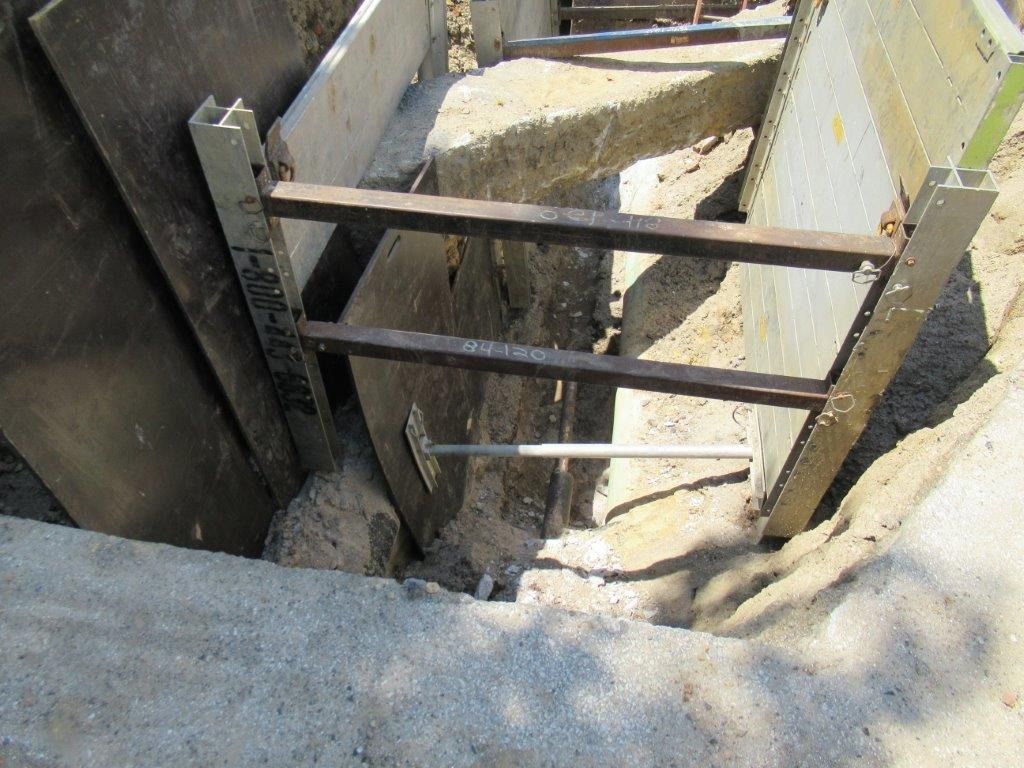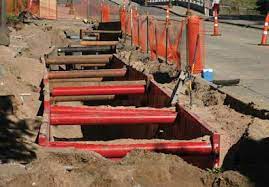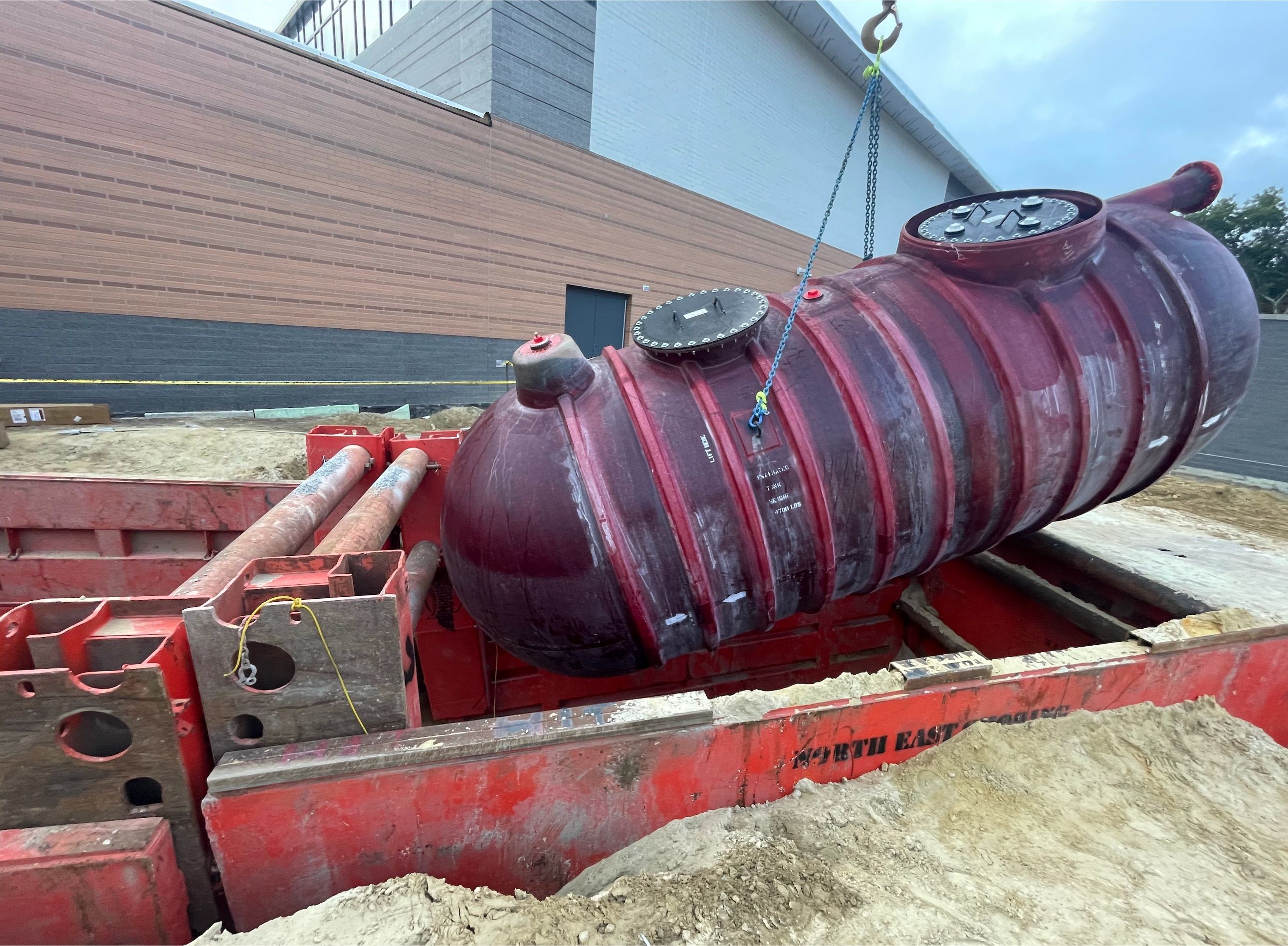Introduction
Construction safety prevents injuries and fatalities
Construction is one of the most dangerous industries, with thousands of injuries and fatalities occurring each year. Workers face multiple hazards, including falls, equipment malfunctions, electrical risks, and structural failures. Implementing strict safety measures is essential to protect workers and maintain a productive job site.
Common hazards on construction sites
Falls from heights, heavy machinery accidents, and electrocution are among the leading causes of construction-related injuries. Workers are also at risk of being struck by falling objects or caught between equipment and structures. These hazards can lead to serious injuries or fatalities if safety protocols are not followed.
OSHA regulations guide workplace safety
The Occupational Safety and Health Administration (OSHA) sets strict safety standards for the construction industry. These regulations cover fall protection, proper machine operation, electrical safety, and personal protective equipment requirements. Following OSHA guidelines helps companies reduce accidents, avoid costly fines, and create a safer work environment.
Helping contractors and workers prevent accidents
The goal of this blog is to provide construction professionals with essential safety tips to prevent accidents and injuries. By understanding workplace hazards and implementing best practices, contractors can protect their workers, reduce risks, and comply with OSHA regulations.
Common Hazards in Construction
Falls from heights cause the most fatalities
Falls are the leading cause of deaths in the construction industry. Workers performing tasks on scaffolding, rooftops, and ladders face serious risks if proper fall protection is not in place. OSHA requires that workers use safety harnesses, guardrails, and safety nets when working at heights. Employers must also ensure that ladders and scaffolding are properly secured and inspected before use.
Heavy machinery accidents pose serious risks
Cranes, forklifts, and earthmoving equipment can be dangerous if not operated correctly. Workers can be struck by moving machinery, crushed under heavy loads, or injured due to equipment malfunctions. To reduce risks, all operators must be properly trained and certified to use heavy machinery. Regular equipment maintenance and safety inspections are necessary to prevent mechanical failures and ensure a safe job site.
Electrical hazards can lead to fatal shocks
Faulty wiring, exposed electrical panels, and overhead power lines create a high risk of electrocution on construction sites. Workers handling electrical systems must follow strict safety protocols, including grounding electrical equipment and using insulated tools. OSHA regulations require that only qualified electricians perform electrical work and that proper lockout/tagout procedures are followed to prevent accidental exposure to live wires.
Struck-by and caught-in/between accidents are preventable
Workers are at risk of being struck by falling tools, construction materials, or moving equipment. Collapsing structures and improperly secured machinery can also lead to caught-in/between accidents. Wearing hard hats, staying out of the swing radius of heavy equipment, and using protective barriers can help prevent these types of injuries. Employers must enforce proper worksite organization to reduce the risk of workers being trapped between structures or machinery.
Key Construction Safety Tips
Personal protective equipment is the first line of defense
Wearing the right personal protective equipment (PPE) reduces the risk of serious injuries on construction sites. Hard hats protect against falling debris, safety glasses prevent eye injuries, and gloves shield hands from sharp objects and chemicals. High-visibility vests make workers easier to spot, especially in high-traffic areas. OSHA requires specific PPE depending on the job role, ensuring that workers have the right protection for their tasks. Employers must enforce PPE use at all times to maintain a safe work environment.
A clean and organized job site prevents accidents
Keeping a construction site clean and well-organized helps prevent trip-and-fall hazards. Loose materials, tools, and debris should be cleared from walkways to reduce the risk of slips and falls. Proper storage of heavy tools and materials prevents objects from falling and injuring workers. Marking danger zones with clear signage alerts workers to hazards, such as open trenches or restricted areas. Regular housekeeping reduces unnecessary risks and improves overall site efficiency.
Regular safety training keeps workers prepared
Training workers in hazard identification and emergency procedures helps prevent accidents. OSHA requires construction workers to receive safety training on topics such as fall protection, equipment operation, and hazard communication. Conducting regular fire drills, fall protection training, and first aid workshops ensures that workers know how to respond in emergencies. A well-trained workforce is more aware of potential risks and better equipped to handle unexpected situations.
Following OSHA safety standards reduces risks and penalties
OSHA regulations provide clear guidelines for maintaining safety on construction sites. These regulations include fall protection requirements, hazard communication protocols, and machine guarding standards. Staying compliant with OSHA guidelines helps reduce workplace accidents, protects workers from harm, and prevents costly fines. Employers must ensure that all safety measures are met to create a secure job site and avoid legal issues.
Emergency Preparedness on Job Sites
First aid and medical response save lives
Construction sites must have properly stocked first aid kits and emergency medical supplies available at all times. In the event of an injury, quick medical response can prevent further complications. Workers should be trained in CPR and first aid to assist colleagues during emergencies. OSHA requires that job sites have medical assistance readily available, ensuring that injured workers receive immediate care.
Fire prevention measures reduce risks
Fires on construction sites can be caused by electrical malfunctions, flammable materials, or improper equipment use. Keeping fire extinguishers in accessible locations and training workers on how to use them can prevent small fires from spreading. Fire drills help workers practice evacuation procedures, while proper storage of flammable materials minimizes the risk of accidental ignition. OSHA fire safety standards require job sites to have fire prevention plans in place to protect workers and equipment.
Clear evacuation plans ensure worker safety
Every construction site must have a clear evacuation plan in case of an emergency. Workers should know the designated exit routes and safe assembly points. Training sessions should cover how to respond in case of a building collapse, explosion, or other hazardous event. OSHA requires that construction sites implement emergency preparedness plans to ensure workers can evacuate quickly and safely when needed. Proper planning and training help reduce panic and improve response times in critical situations.
Common Construction Safety Violations and How to Avoid Them
Ignoring fall protection leads to serious injuries
One of the most frequent construction safety violations is the failure to use proper fall protection. OSHA requires guardrails, harnesses, and safety nets when working at heights above six feet. Ignoring these measures puts workers at risk of falls, which are the leading cause of construction-related fatalities. Employers must ensure that all workers use fall protection systems and receive training on how to secure themselves properly.
Operating heavy machinery without training is a major risk
Construction equipment such as cranes, bulldozers, and forklifts requires specialized training for safe operation. Untrained workers handling heavy machinery can cause accidents that endanger themselves and others. OSHA mandates that only certified operators should use construction equipment, and employers must provide regular training to ensure workers understand machine operation, maintenance, and emergency procedures.
Failing to enforce PPE use increases workplace hazards
Personal protective equipment is essential for construction safety, yet many workers neglect to wear helmets, gloves, boots, and eye protection. Employers who do not enforce PPE compliance risk worker injuries from falling objects, sharp tools, and chemical exposure. Supervisors must ensure that all workers wear the required protective gear at all times and that damaged equipment is replaced immediately.
Unsafe scaffolding and trench work violate OSHA regulations
Scaffolding and trenching work require strict adherence to OSHA safety standards. Improperly built scaffolding or lack of fall protection can lead to collapses, while unprotected trenches can result in cave-ins. Contractors must ensure that scaffolding is properly secured and inspected before use. Trenches deeper than five feet must have protective systems such as trench boxes or shoring to prevent collapses and protect workers inside.
Poor electrical safety practices create shock hazards
Working near exposed wires, power lines, or faulty electrical systems can result in electrocution. OSHA requires that all electrical equipment be grounded and that workers use insulated tools when handling live wires. Employers must enforce lockout/tagout procedures to prevent accidental exposure to electricity and ensure that only qualified electricians perform electrical work.
Where to Find Construction Safety Equipment and Training
North East Shoring provides trusted safety solutions
For construction companies looking to improve job site safety, North East Shoring offers a wide range of protective equipment. Their inventory includes OSHA-compliant PPE, fall protection systems, trench boxes, and first aid kits. Having access to the right safety gear helps contractors maintain compliance and protect their workers from job site hazards.
Reliable equipment for construction site safety
North East Shoring supplies high-quality trench protection, scaffolding systems, and safety gear to meet OSHA standards. Contractors can find everything from hard hats and harnesses to trench shields and guardrails. Proper safety equipment reduces workplace accidents and ensures that workers have the protection they need to perform their jobs safely.
Get expert safety guidance and a free consultation
Choosing the right safety equipment can be challenging, especially with changing regulations and job site requirements. North East Shoring offers free safety consultations to help contractors assess their needs and select the best equipment for their projects. Businesses can request a quote for PPE, trench protection, or other safety gear to ensure compliance with OSHA regulations.
Conclusion
Construction safety is essential for preventing accidents
Following safety best practices helps reduce injuries, prevent fatalities, and create a more efficient work environment. Employers must enforce the use of PPE, ensure proper equipment training, and implement fall protection systems to keep workers safe.
Compliance with OSHA regulations protects workers and businesses
OSHA standards provide clear guidelines for maintaining safety on construction sites. Regular safety training, inspections, and proper use of protective equipment ensure that job sites remain compliant and free from preventable hazards.
Contact North East Shoring for construction safety solutions
For contractors looking to enhance workplace safety, North East Shoring offers reliable safety gear and expert advice. Contact their team today for a free consultation and ensure your construction site meets OSHA safety standards.




